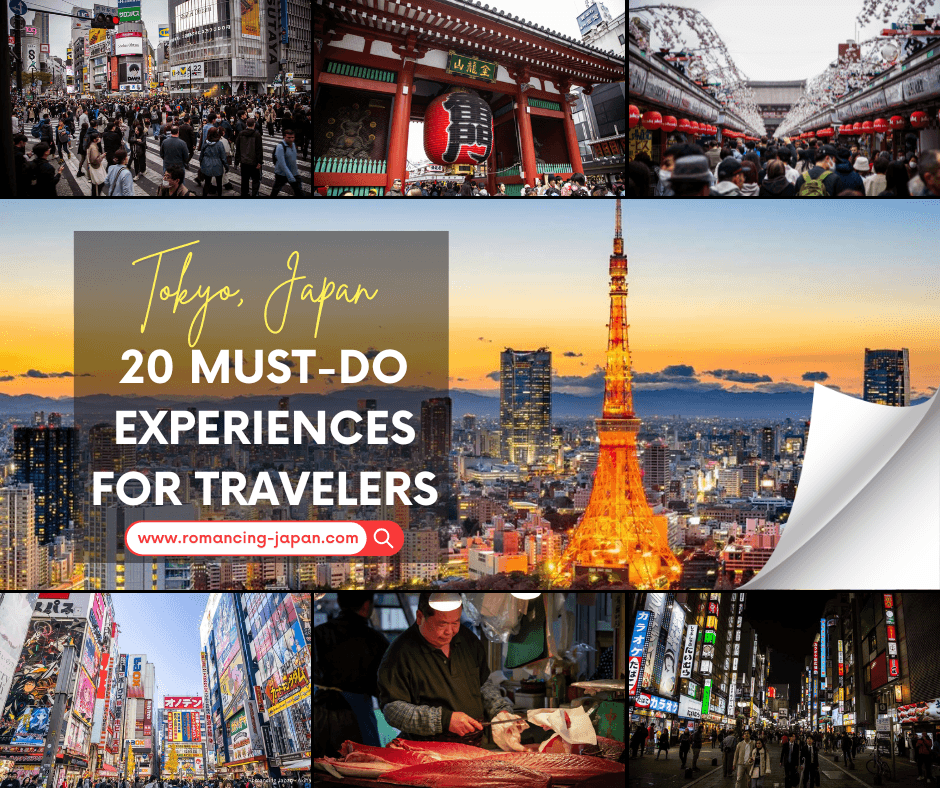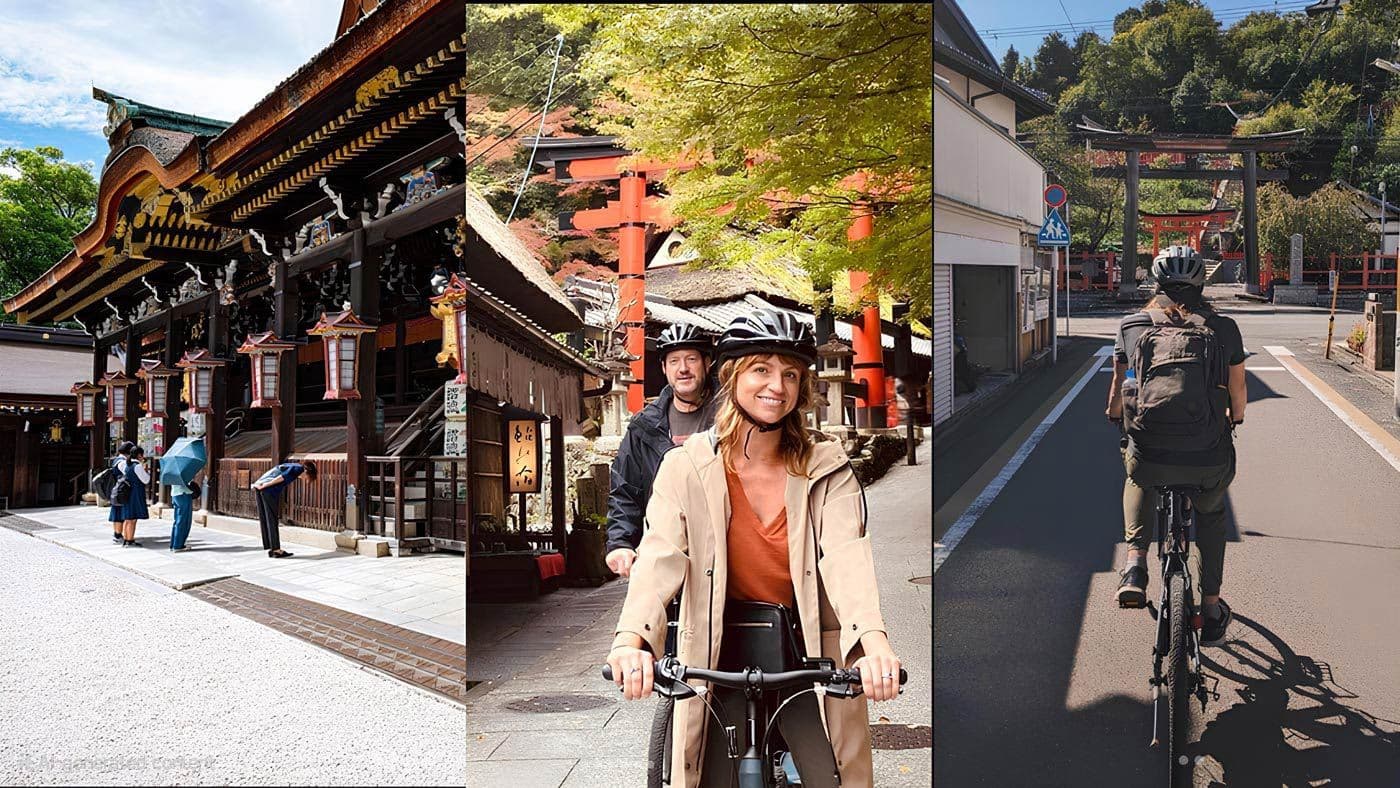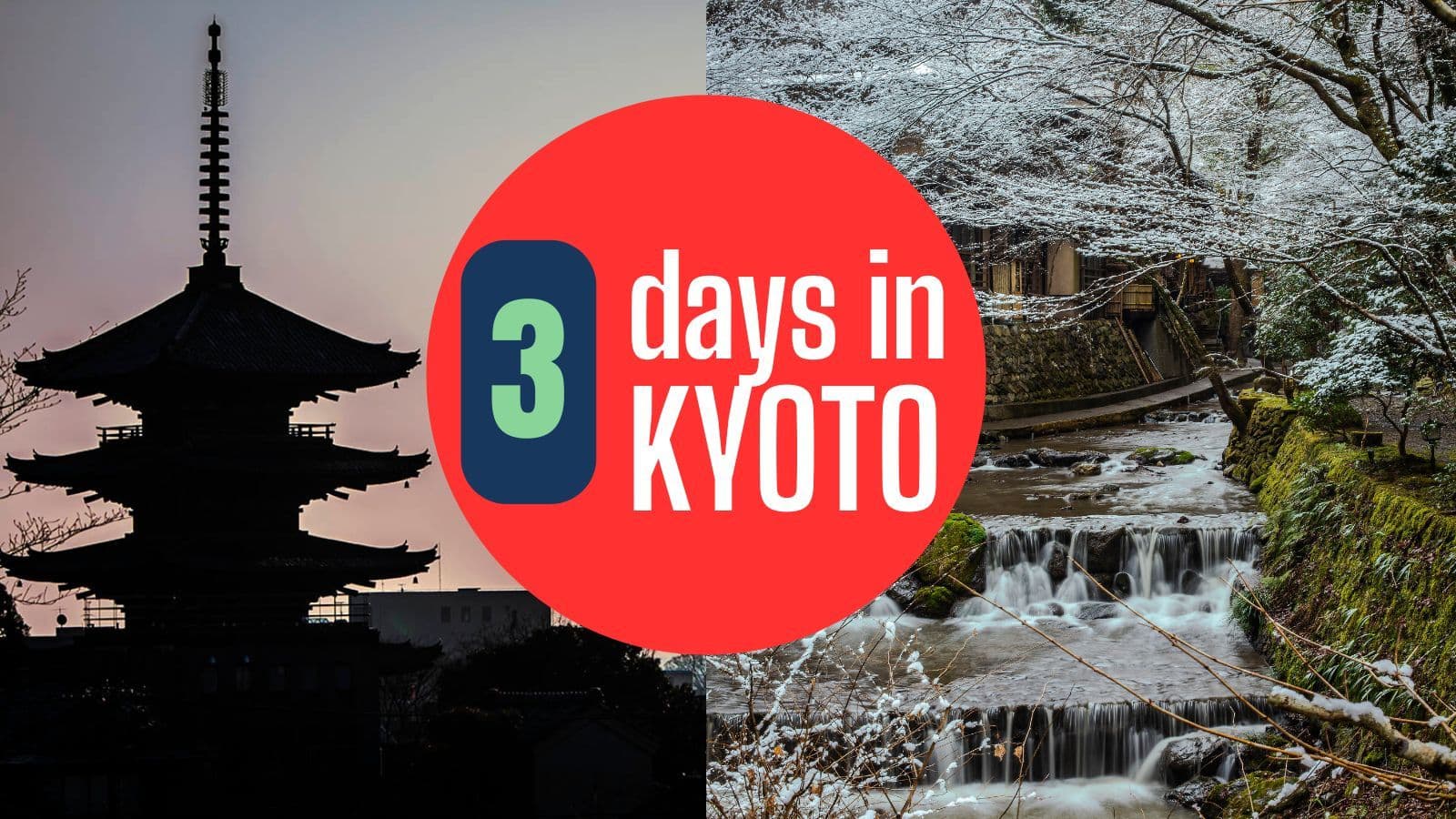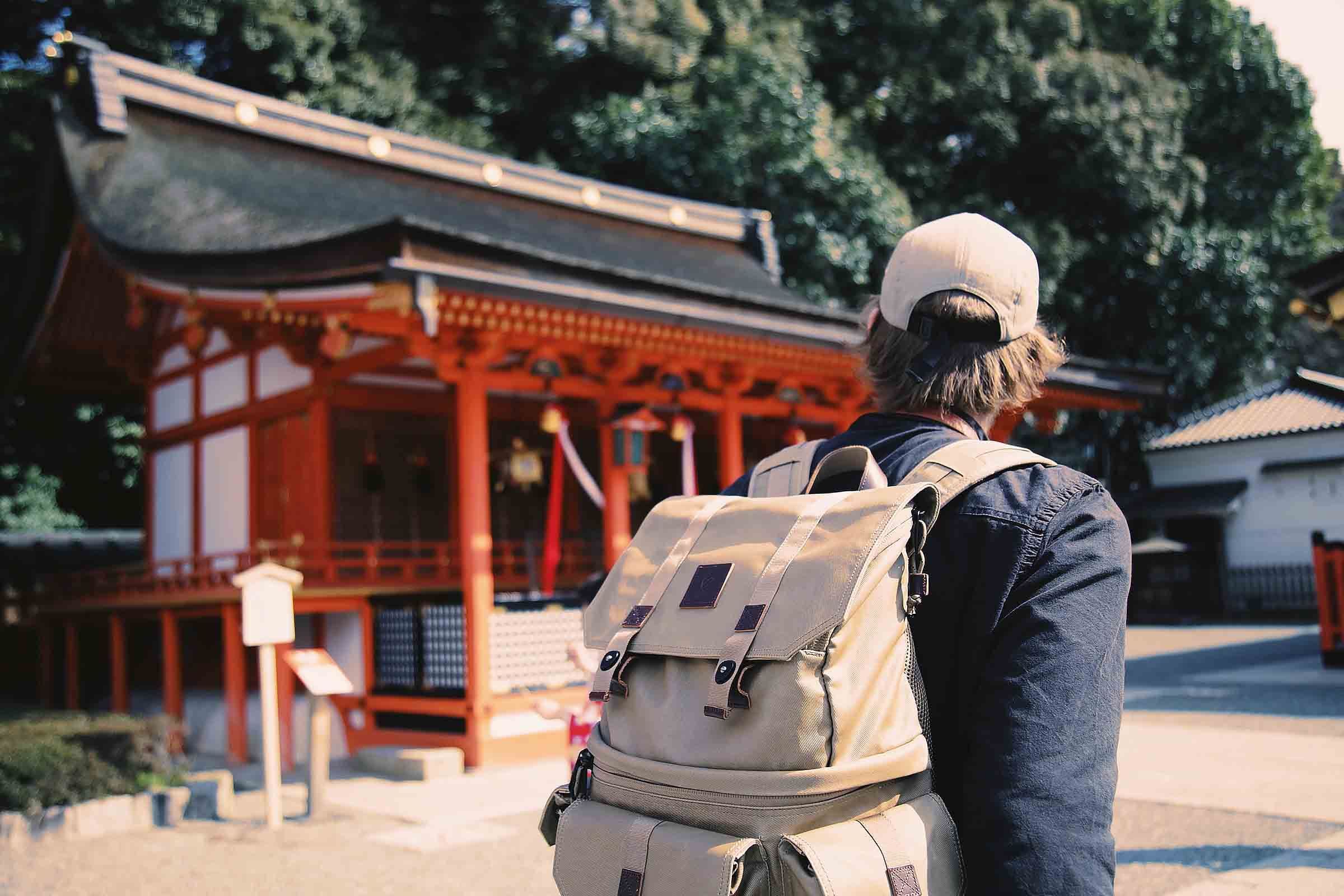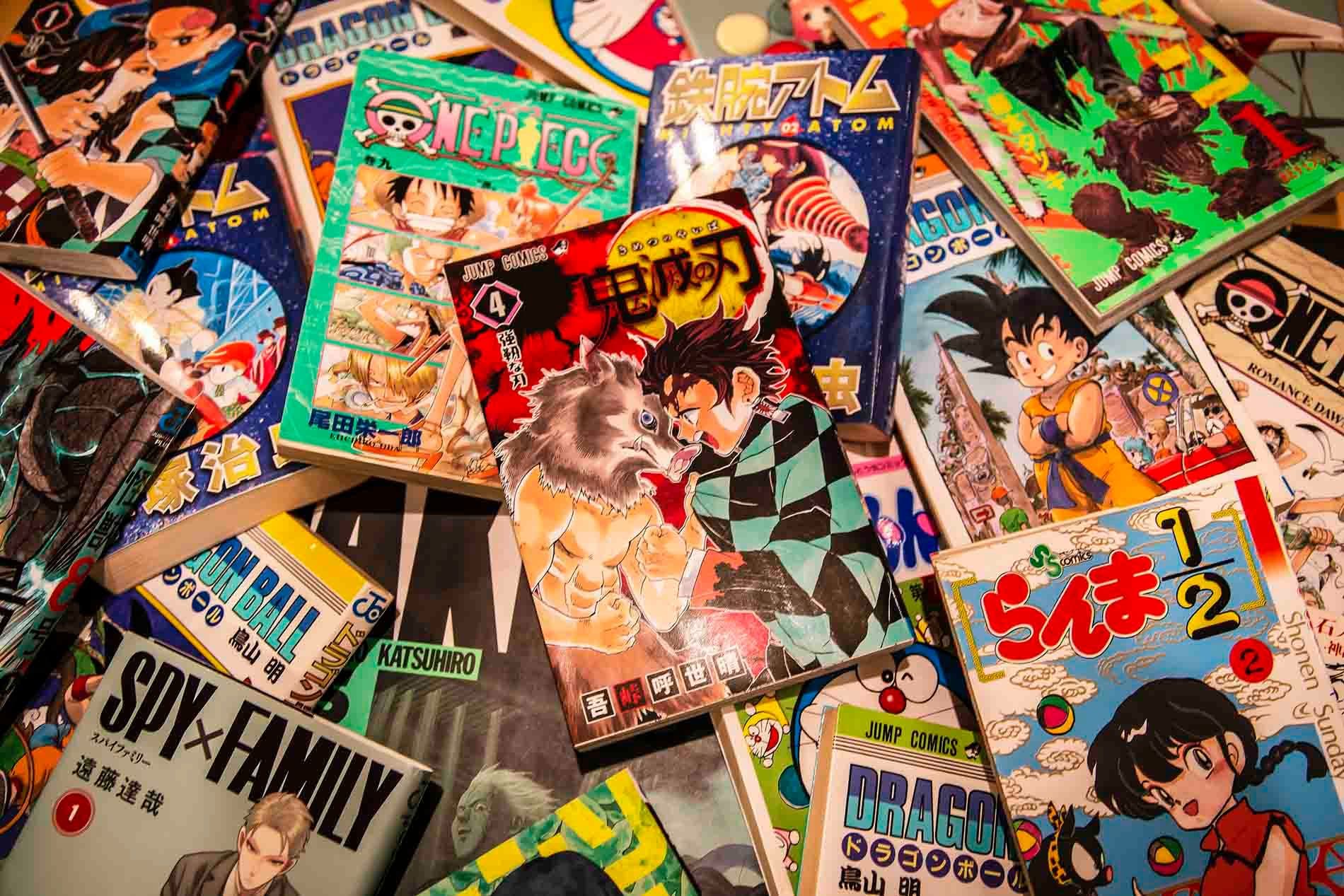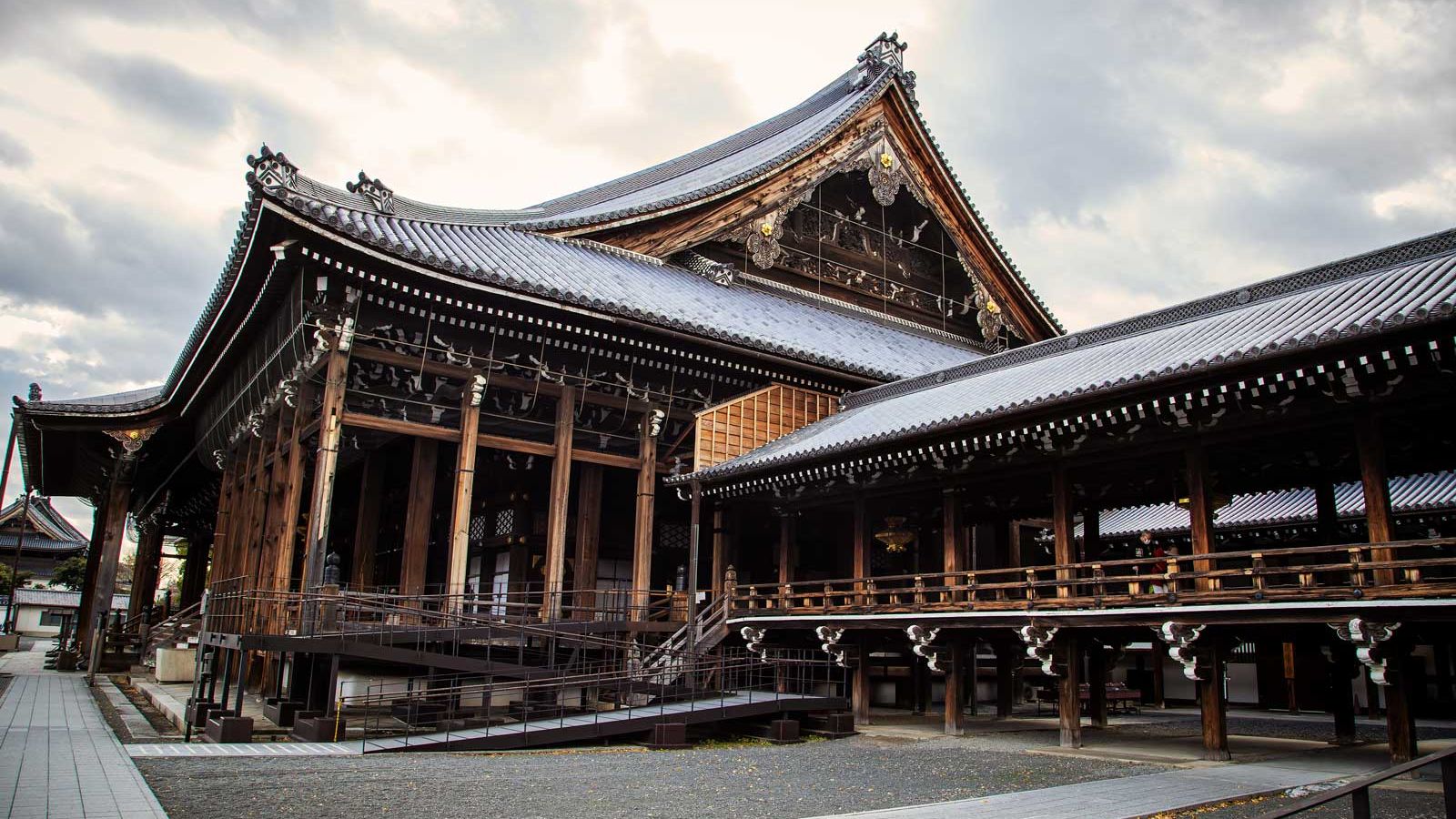
Nishi Honganji Temple: A Hidden Buddhist Treasure in Kyoto
James Saunders-Wyndham

James Saunders-Wyndham
Table of contents:
Wheelchair Access: Available
Most tourists in Kyoto head straight for iconic sites like the Golden Pavilion or the red gates of Fushimi Inari Taisha. But Nishi Hongan-ji Temple (西本願寺 - nishihonganji) quietly holds a different kind of feeling. As someone who’s lived in Kyoto for many years, I’ve found myself returning here more often than any other temple.
A designated UNESCO World Heritage site, Nishi Honganji is the headquarters of Jōdo Shinshū Buddhism and oversees more than 10,000 branch temples across Japan. It houses seven National Treasures, yet you’ll rarely see more than a handful of visitors at any given time. Just 15 minutes from Kyoto Station, this temple offers a peaceful, spiritual encounter with without the Kyoto crowds.
➡️ Coming to Kyoto? Check out our a 3-day Kyoto itinerary ⛩️
➡️ Learn about how the JR Pass can help you get around Japan 🚄

The grand Karamon Gate (唐門) and awe-inspiring Amida Hall stand as testaments to centuries of Buddhist artistry and Japanese craftsmanship. If you’re seeking an authentic temple experience, this is one place that speaks directly to the heart.
Let me show you why Nishi Honganji is one of Kyoto’s most underrated treasures—from architectural highlights to the quietest moments for reflection.
The huge temple grounds invite slow wandering. Whether you’re here for photography or quiet reflection, it feels like the city falls away as soon as you step inside. Inside the main worship halls (お堂 / odō), the soft texture of tatami underfoot and the natural light filtering through latticed windows.

Here's something I love: Nishi Honganji isn’t just a sightseeing stop—it’s a living religious site. Visitors are free to:
You’ll often see locals coming for morning prayers, lighting incense, or just sitting quietly.
One reason I always recommend Nishi Honganji to visitors is its unbeatable location—just minutes from JR Kyoto Station. It’s easy to squeeze in on a half-day itinerary or visit early before the crowds arrive.
Here are your best access options:
Because it’s so close to central Kyoto, you can easily combine a visit here with nearby sights like Higashi Honganji, Kyoto Railway Museum, or even a lunch in the nearby Shimabara district.
After visiting Nishi Honganji many times over the years, I always find myself returning to three specific places. Each one is worth pausing for—and reveals a different layer of the temple’s history.

Standing 8.7 meters tall, the Karamon Gate (唐門) is one of the finest surviving examples of 16th-century temple architecture.
Locals call it the “All Day Gate”—because with over 100 carvings. Details include:
The gate was fully restored in 2021—and it looks stunning in every season.
Just outside the Founder’s Hall stands one of my favorite spots: a massive ginkgo tree (イチョウ), believed to be over 400 years old. Designated a Natural Monument of Kyoto City, this tree isn’t just old—it’s legendary. Monks say it once helped save the temple from fire by spraying water from its branches.

The grand Amida Hall (阿弥陀堂), built in 1760, is one of the largest wooden buildings in Kyoto. It stretches 45 meters across, with a 25-meter-high roof—truly impressive even from the outside.
But the real treasure lies inside:

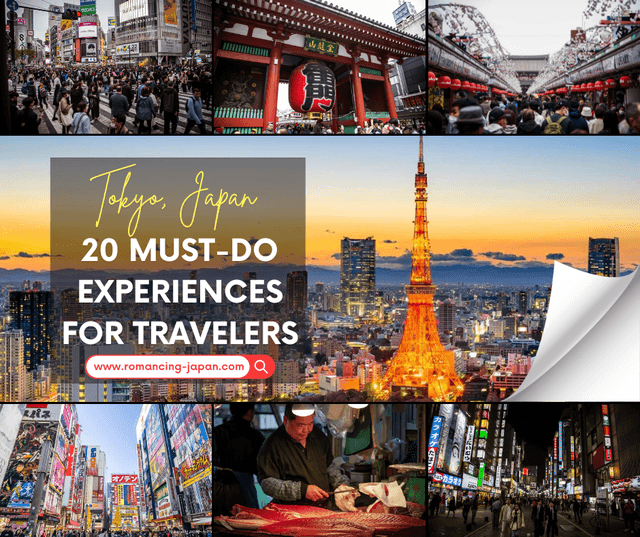
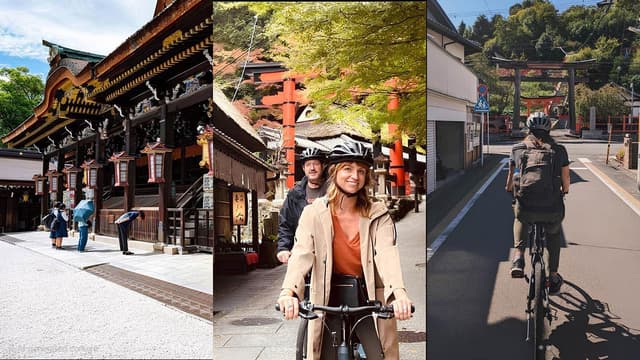
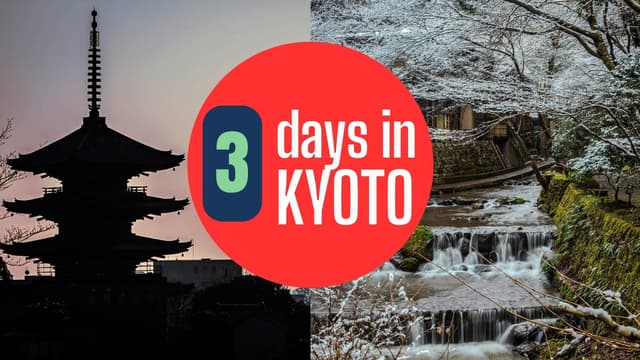

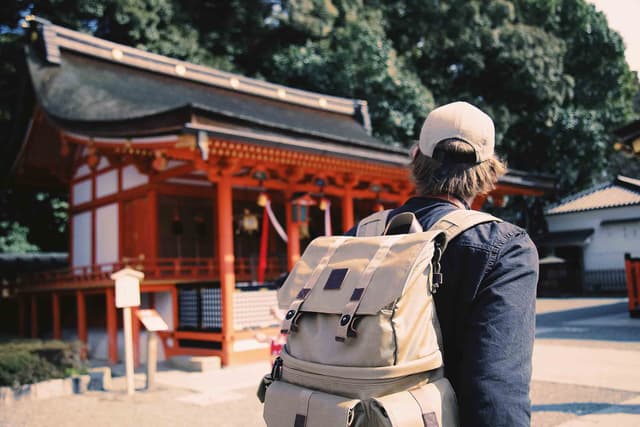
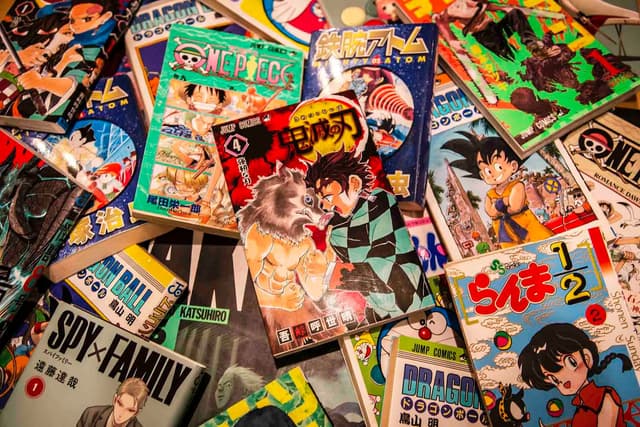
Nishi Honganji opens its gates early—from 5:30 AM—making it one of the best places in Kyoto for a quiet morning walk. The grounds feel especially peaceful at this time, with soft light falling across the wooden halls and only the sound of crows and footsteps on gravel.
If you're an early riser or looking to avoid crowds, this is the perfect time to visit.
Every day at 7:00 AM, a morning prayer ceremony (朝のお勤め / asa no otsutome) is held in the Amida Hall. The public is welcome to sit quietly and observe.
It’s a deeply moving experience:
It’s not a performance—it’s everyday Buddhism. If you want to understand the spiritual heart of Nishi Honganji, this is the best time to feel it.

Walking through Nishi Honganji feels like stepping into an open-air museum of Kyoto’s architectural legacy. Let me show you a few of my favorite spots from years of wandering these grounds.
Two massive wooden halls form the heart of the temple:
Just behind the main halls is a hidden gem—the Buddhist Scripture Repository, built in 1678. The temple once paid 100 kilograms of silver for its collection of sacred texts in 1648—an incredible sum at the time.

Most visitors miss the temple’s quieter, more photogenic corners. Here are some to keep your camera ready for:
The temple’s location makes it one of the easiest historical sites to access in all of Kyoto.
📍 Nishi Hongan-ji Temple
📍 Address:
〒600-8501 Kyoto, Shimogyo Ward, Honganji Monzencho
🎟 Admission Price:
⏰ Opening Hours:
5:30 AM – 5:00 PM
🚫 Closed Days:
Open all year
🔗 Official Website:
Visit HereYes! Nishi Honganji Temple is free to enter, including its main worship halls and on-site museum. There’s no ticket required, and photography is welcome in most areas. It’s one of Kyoto’s best-kept secrets for peaceful, meaningful visits.
The temple is just a 10-minute walk north of Kyoto Station. You can also take a 5-minute taxi or ride the city bus (lines 9, 28, or 75) to the Nishi Hongwanji-mae stop. It’s super convenient—perfect for early morning sightseeing.
Early morning is ideal. The temple opens at 5:30 AM, and the 7:00 AM prayer service is a peaceful way to experience real Japanese Buddhism. You’ll also avoid crowds and catch the best natural light for photos.
Don’t miss the intricately carved Karamon Gate, the 400-year-old ginkgo tree, and the vast wooden Amida Hall. The corridor between the halls is a great photo spot, and the temple bookshop offers guides in English and other languages.
Yes, free guided tours of the inner sanctuary (naijin) are offered four times a day. Tours start at 10:00 AM, 11:00 AM, 1:30 PM, and 2:30 PM. It’s a great way to understand the deeper meaning of the temple’s layout and features.
Loading Comments...

I've been immersed in Japanese culture and daily life for over 30 years and am proud to call Japan my home. Originally from Australia, my journey has taken me from teaching at Japanese universities to traveling extensively across the country, uncovering its hidden gems. As a web developer, I built Romancing Japan from the ground up to share these experiences with you. Whether it's the charm of old Kyoto, the pulse of Tokyo, or the tranquility of the countryside, I love helping others discover the magic of Japan—one story at a time.
